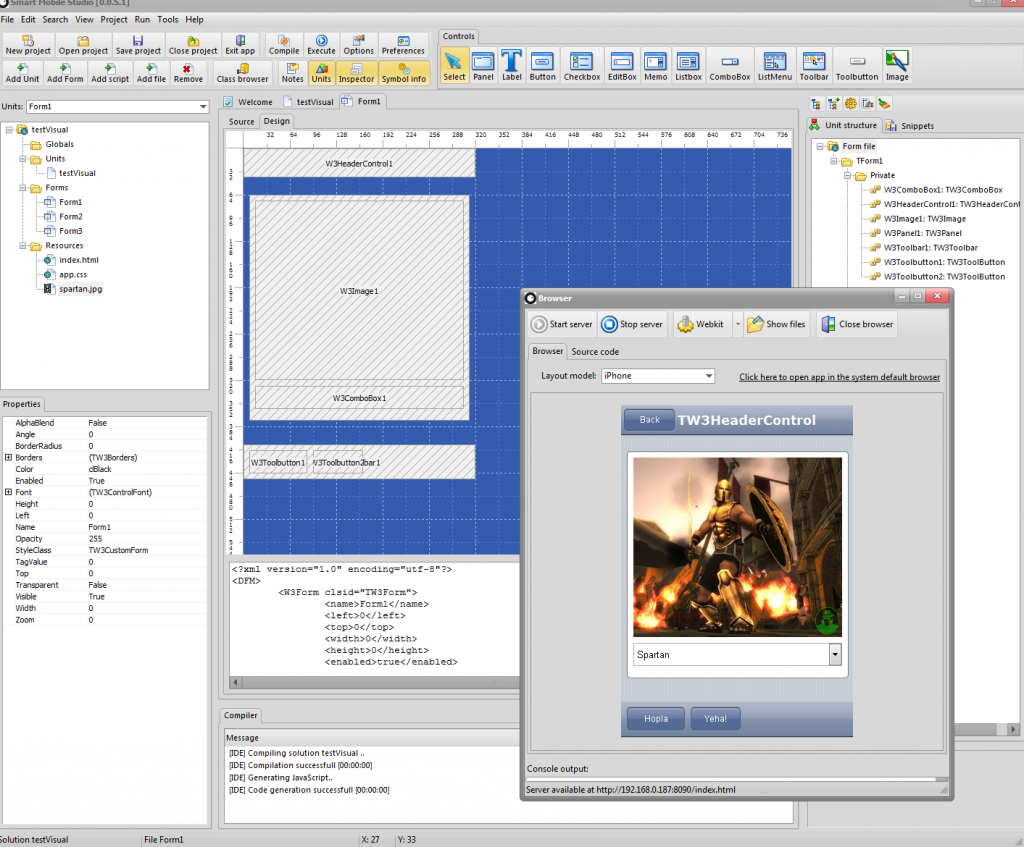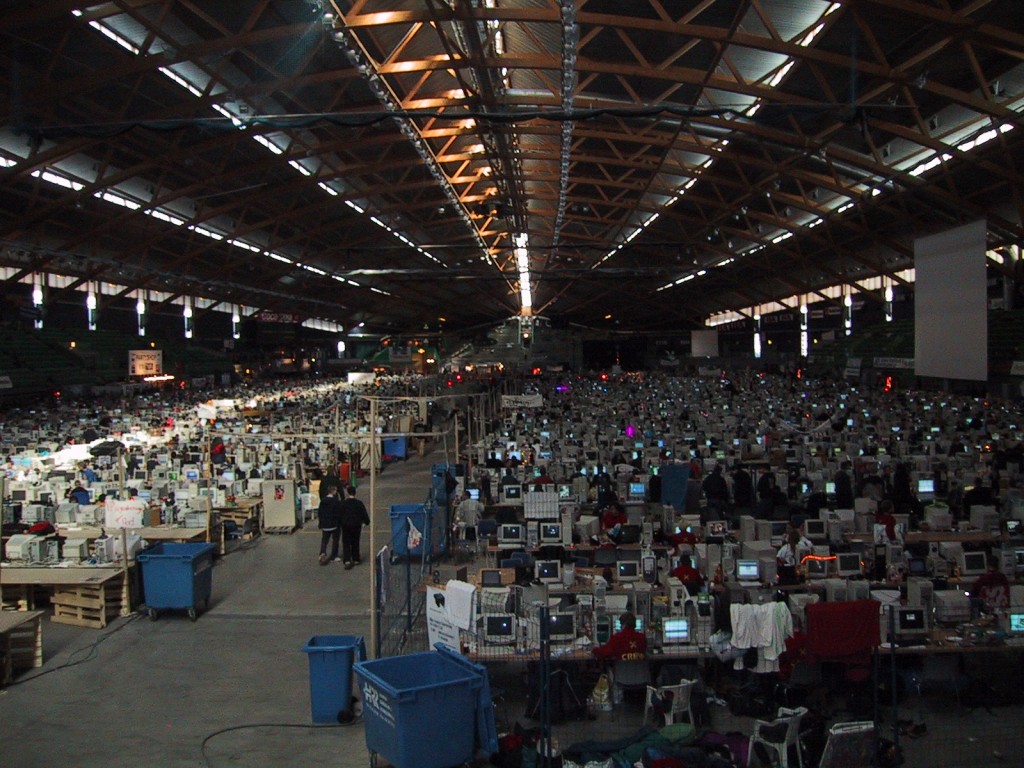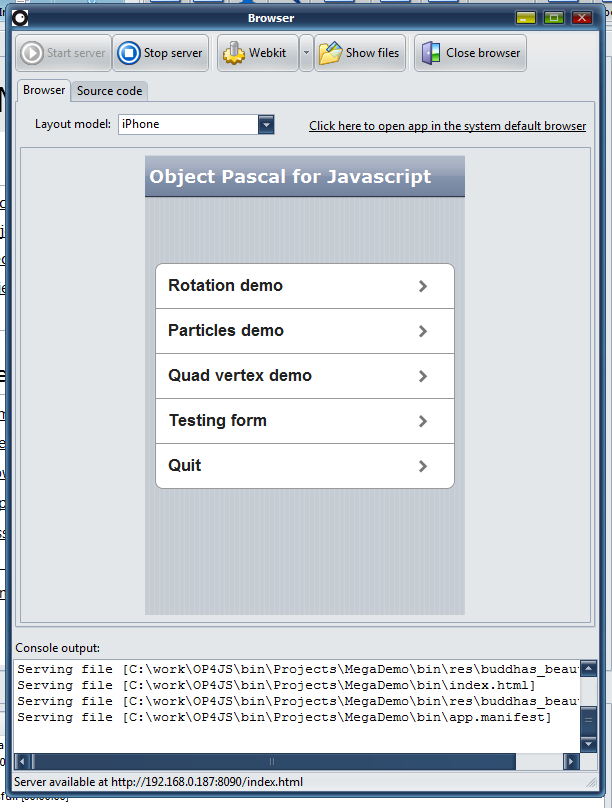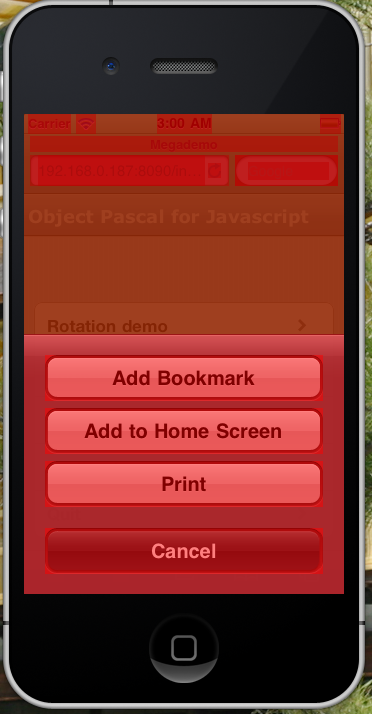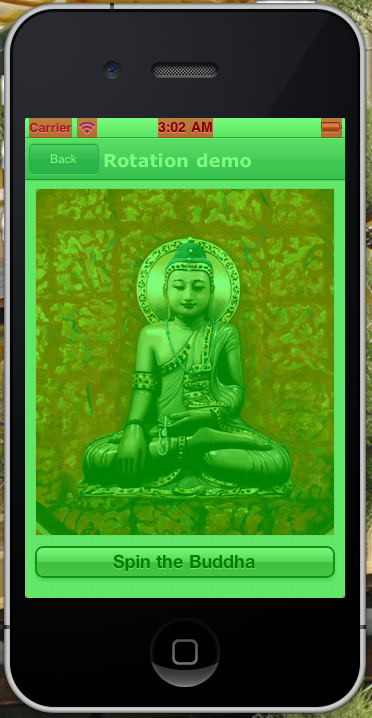Many programmers don’t get the demo scene. What could be the point of spending hours, days and weeks on creating effects? Well for me the demo scene has been one of the best things in my life. I grew up with Commodore 64, MSX, Atari and Amiga machines. And while we all loved to play games only the few asked the magical question “how”. Some were happy to just play the games, but the rest of us, those that became programmers as adults, were always the people who just had to ask the question “how the hell did they do that”?
I have been extremely privileged growing up in Norway during the 1980’s and 90’s, nowhere in the world (with exception of Germany, Sweden and Finland) was the demo scene stronger than in Norway. Even to this day we fill the viking ship annually with thousands of young programmers full of creativity (check out this site for tickets to The Gathering). So there can be little doubt that the “demo scene” is primarily a European phenomenon.
PS: if you are looking for talent then The Gathering should be the proverbial shangri-la !
But why? What is it good for?
Demo coding is one of the best ways of growing as a programmer and as a thinking individual. The problems you face (like tweening objects, calculating sprite paths, how one object stands in context to another, proportion, animation cycles – the works!) will help you in every avenue of life, including your personal life since it involved organization and thinking in terms of context. It will benefit you in the most unlikely of scenarios: Take an example from my life, I always wanted to code games, but I spent many years coding invoice systems, win32 services and all the “boring stuff”. But one day my employers wanted a 3d look and feel to their report, so i ended up using the skills i learned as a demo coder to complete tasks. Without it those reports would have been very dry, very dull and not very productive. So it turned out to be my creative side that made the difference, not my education (!) You dont learn stuff like this at the university.
No matter what your interests might be, from games programming to spreadsheets – you are bound to face the same mathematics and the same train of thought. But those that really succeed in these things are the programmers who took the time to really experiment with demo and games coding. Anyone can code a spreadsheet, but it’s the hacker that makes the numbers bounce 😉
The Pascal Game Developer’s compo
When you think “pascal”, you think database driven business applications right? Well that’s just wrong. Delphi (which is the universal name for object pascal) earned that label because it made database programming simple in the early 90’s. But object pascal as a language is capable of so much more. So much so that databases become almost trivial in comparison. Remember all those high-speed dos games? (if you don’t, then get an emulator) A lot of those games were coded in turbo pascal. This was before we had full OOP and the might of the VCL at our fingertips.
It thus stands to reason that with all the power of the Delphi XE2 and the latest free-pascal compiler, that object pascal could knock out some serious games right? I mean — when compared to a commodore 64, Atari ST or Amiga?
Remember that the commodore 64 contained the same cpu-chip that powers most modern dishwasher’s today. Yet that little machine running at 1Mz with an 8bit bandwidth knocked out some pretty cool games! Now imagine what you could do with a computer 10.000 times faster, with 32 bit graphics, 24 bit sound and an IDE unlike anything we had back in the 80’s!
Well, unless you are reading this on a Pentium PC, that computer is what you have right now.
So… If they can do this on a 1mhz dishwasher, then surely we can do better right? With our dual-core processors, fifth generation 3d graphics chip-sets and latest operative systems?
Here are a couple of examples of what people can do with a commodore 64 (second video is from a modern PC, coded in machine code):
Instinct & Horizon C-64 Demo, 2008
And just how much brilliance can you pack into 64k of machine code?
And just to make it retro – here is the first Amiga demo i ever saw. This demo made me forget all about commodore 64 gaming, and ask the question “how”. This demo changed me from a gamer for a coder:
Our mission is to follow javascript at every step. From it’s birth as HTML5 and onto it’s full evolution as a fully fledged multimedia system. We want to push the limits of what can be done under javascript to the full extent of it’s capabilities. And last but not least – to provide the infrastructure required for modern object pascal programmers to continue their hard earned experience and knowledge under a new platform. Javascript is quite alien to the average Delphi or FPC programmer, but with Smart you will be able to knock out apps with little effort.
Getting inspired
Today, the Pascal Game Developer competition started. And Smart was included in the list of allowed pascal compilers (jeey!). If you would like to use our product to push some limits then send us an email and we will return a preview version of smart (32bit) that you can use. You can use Smart as much as you want for the duration of the competition for free. While we are still in beta (with all the bells and whistles that pertains) there really is no compiler and IDE out there like Smart for webkit development!
Let’s push that border a couple of more inches, like pascal has always done 🙂
Click here for the pascal game developer’s website


